Waterhen: Manitoba Great Lakes Project June 5-7, 2019
- Manitoba Great Lakes Program
- Casey Clair
Hello, My name is Casey Clair, and I am an undergraduate student in the Clayton H. Riddell Faculty of Earth, Environment, and Resources. I am earning a bachelor of environmental studies with a minor in English and am currently in my third year of the program. For me, working at CEOS is/has been an incredible opportunity to work in a field relatable to my studies. I’ve learned a lot since being here and I cannot wait to further apply this knowledge in the future. Additionally, everyone has been incredibly warm, welcoming, and patient with myself and the other new interns since we arrived.
Introduction
I arrived at CEOS and met with Katelyn Rodgers at 9 a.m. to begin loading. After leaving the university we stopped for groceries, managing to hit the road around approximately 10:30 a.m. From Winnipeg, the drive took about four hours; we arrived at the cabin at 2:30 p.m. Driving over, weather stayed sunny while only partly cloudy. Not far from the cabin at which we stayed, we happened upon a clear cut site. A large swath of land had been made barren and a blight on the landscape. Continuing on, the cabin was inviting and the Waterhen river we were right beside is an ethereal experience any time of the day. It was filled with pelicans that I had never seen in person before, with massive wingspans, and impressive little birds that would dive into the river for their prey. It was an experience I wish I could share with everyone.
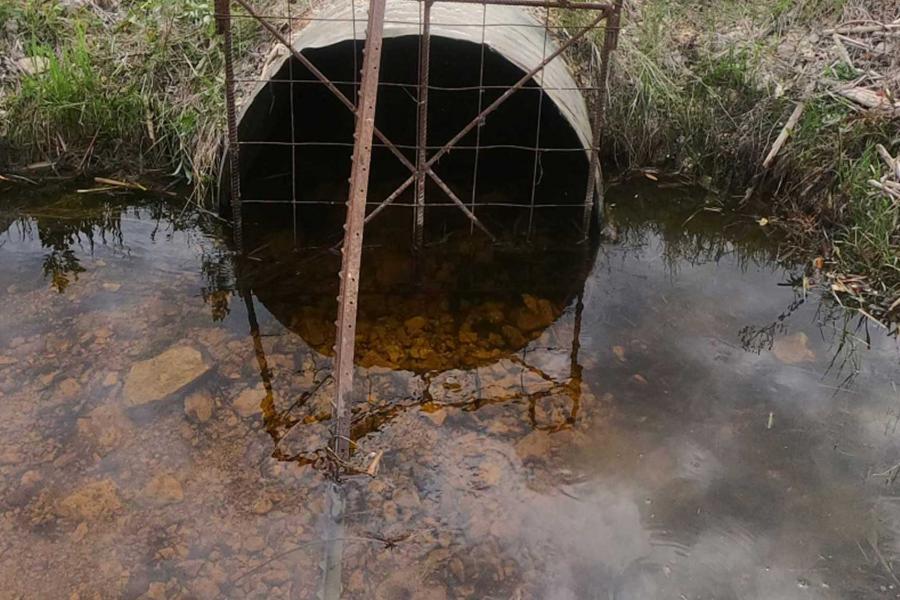
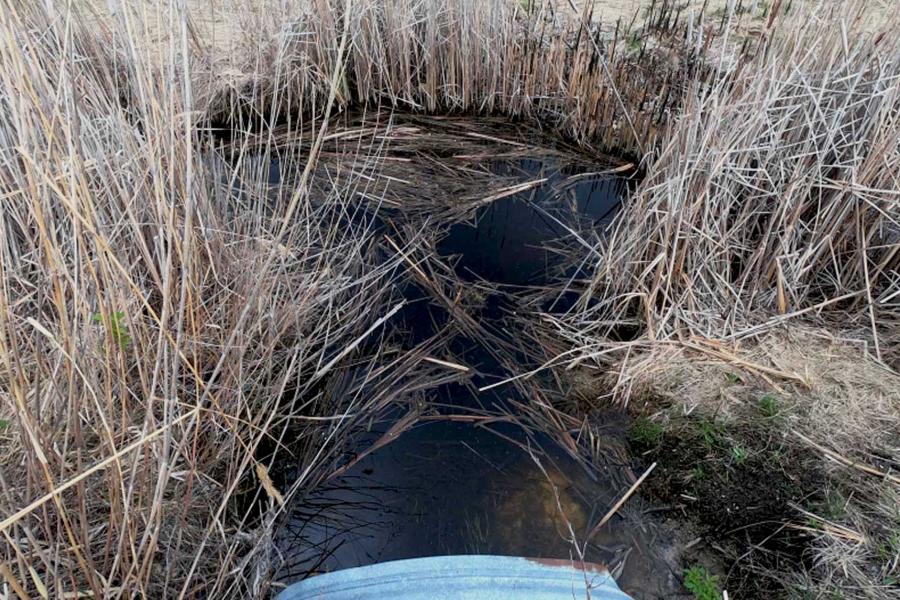
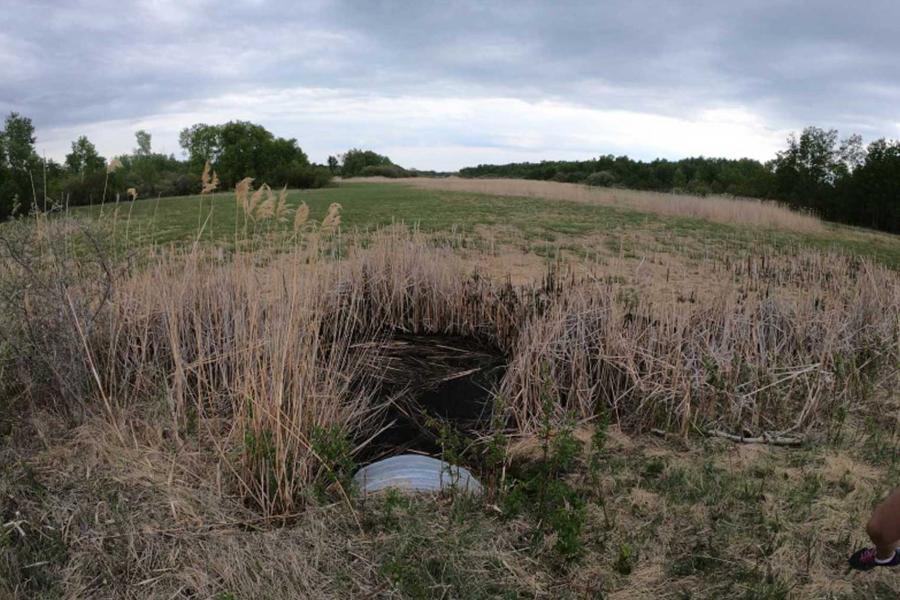
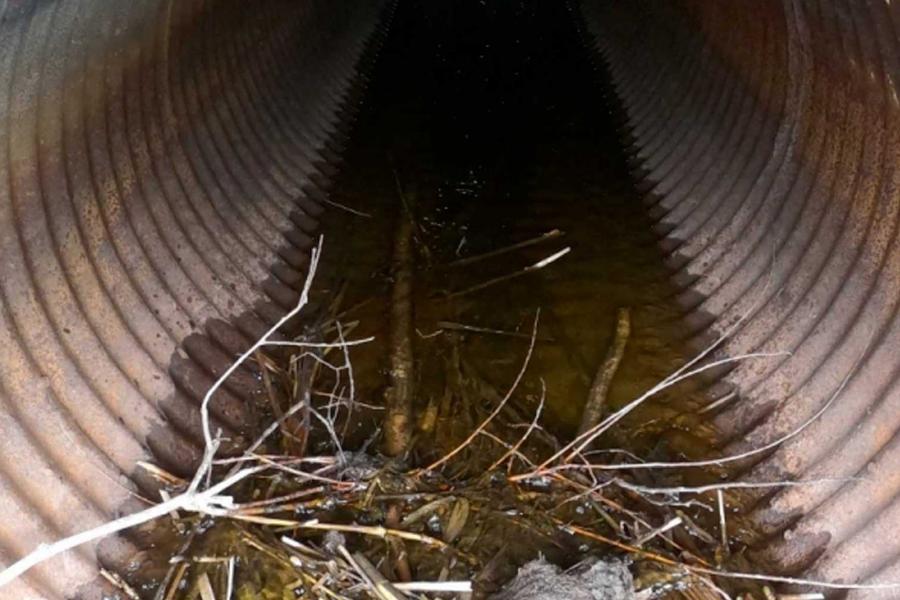
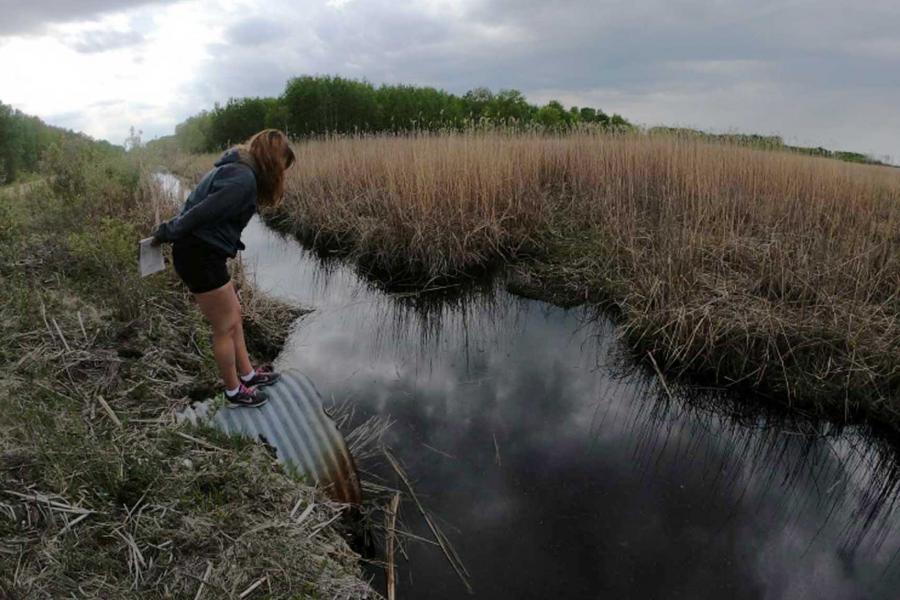

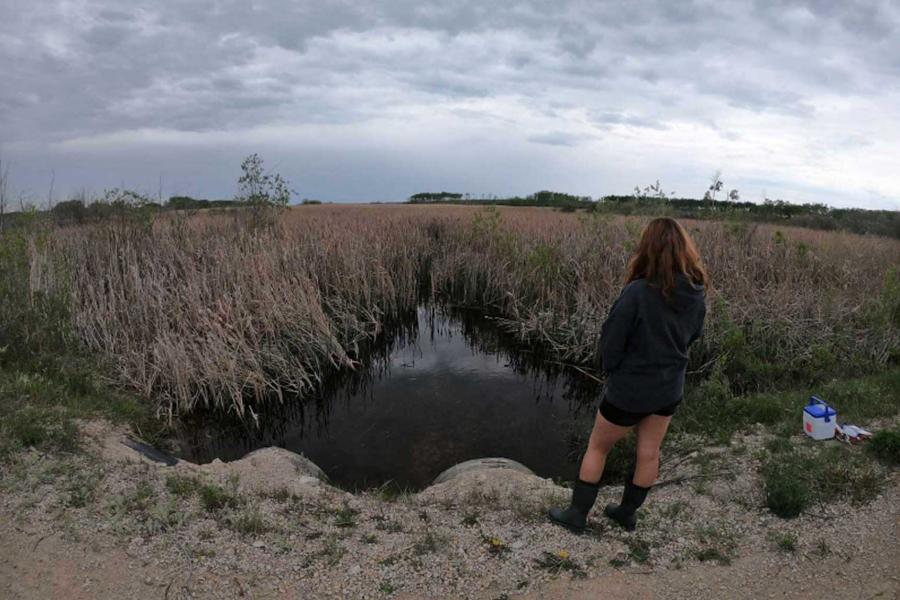
Day one
After we arrived and had settled our things, we hit the road again to check out one of Katelyn’s sites. Our trip was focused on culverts and their water flow while also obtaining water samples. One of the first sites we went to check out was part of the wetland forest. First, Katelyn would tell me which side of the culvert was upstream and which was downstream. Sometimes we would take water samples at surface level, but we didn’t end up with a huge number of them by the end of the trip. One culvert had a lot of debris in front of its’ gate that Katelyn had to wade in to painstakingly remove to see if water flow would improve upstream. We would then check for any discernible flow and proceed to measure it along with the depth of water, width of water, and depth to water using a metre stick. We would then use a rudimentary method for determining the velocity of the flow out of the culverts. By rudimentary, I mean grabbing some small branches that could be placed at the end of the metre stick and placed inside of the culvert, with me timing how long it took for it to flow from the one end of the metre stick to the other. We would do this three separate times per culvert for the east, west, and centre portions. For certain areas where the water was deeper with flow, Katelyn would put on the wet suit and march into the water to collect information from the idronaut to measure turbidity. We didn’t do any sites past the wetland forest for our first day. We then headed back to the cabin and ate a handsome dinner and spent the night playing cards.

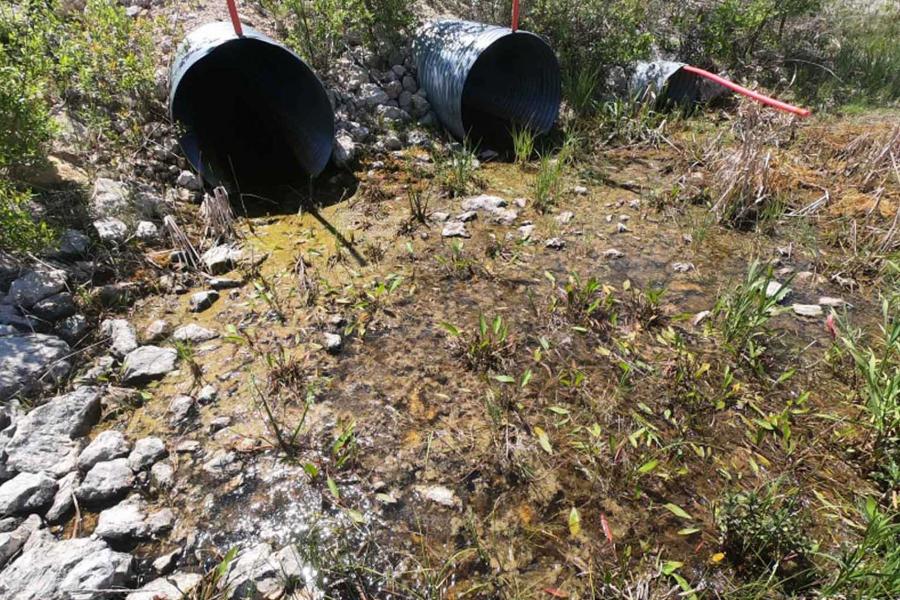
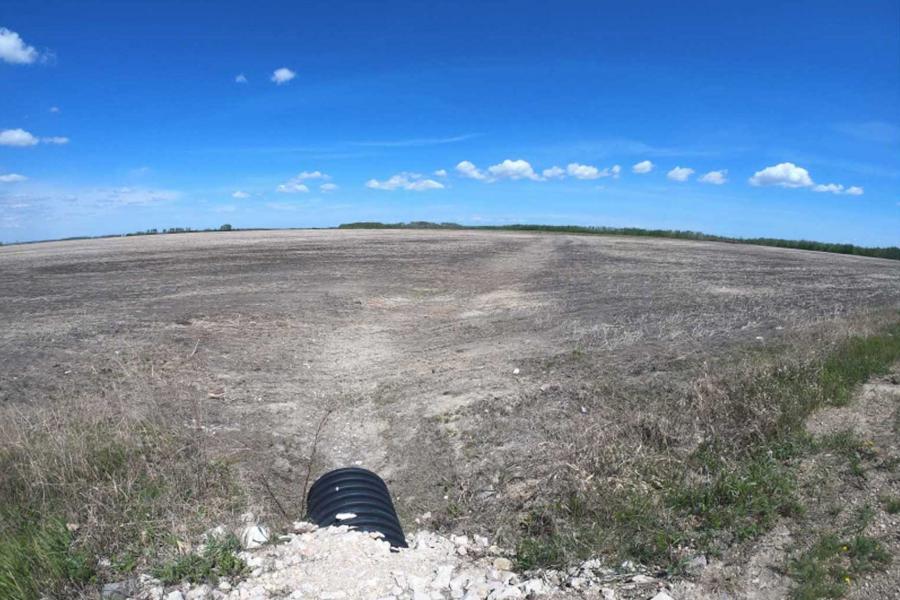
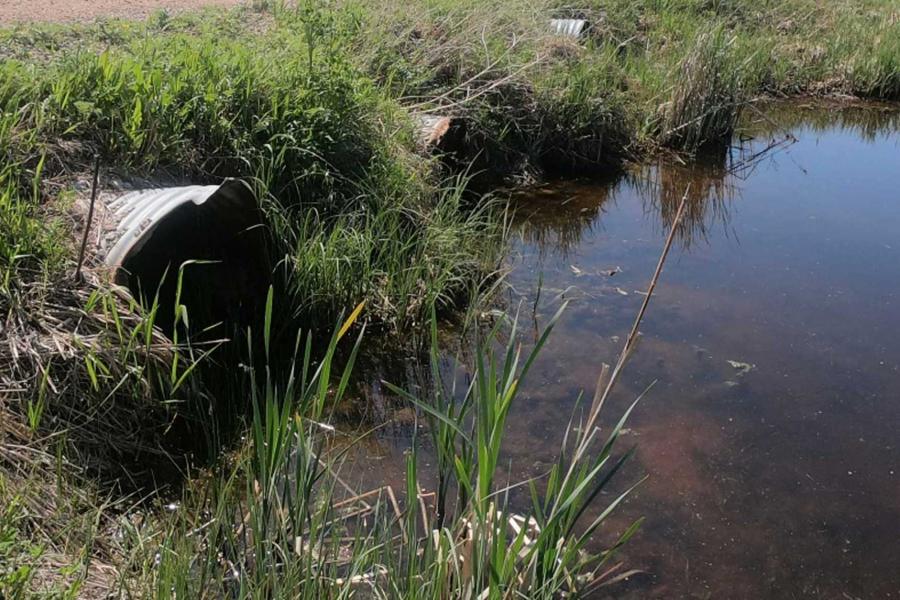
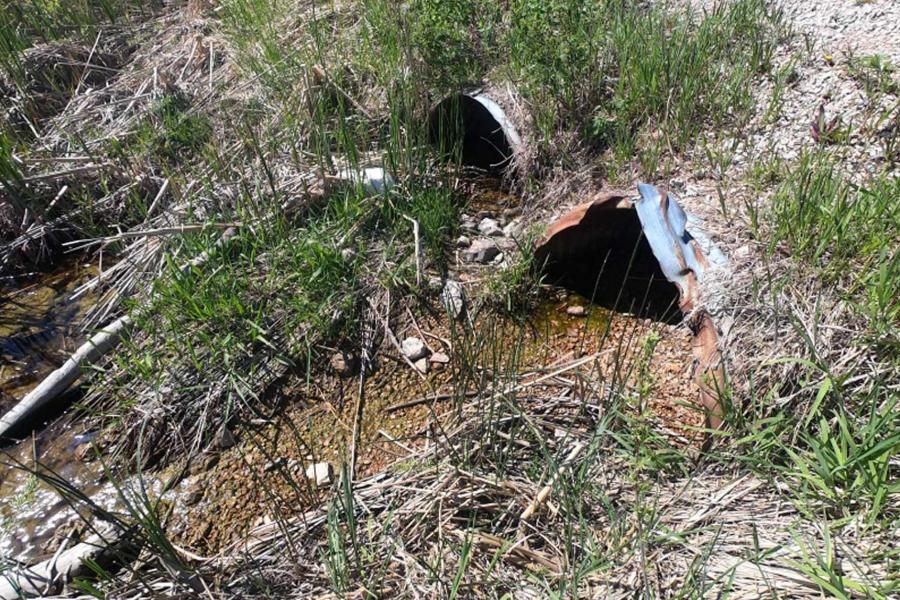
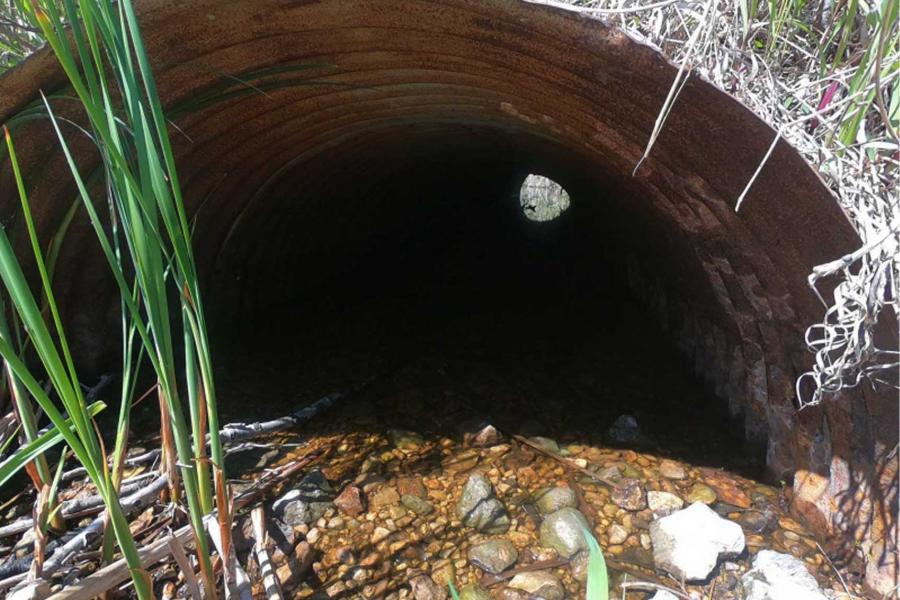
Day two
Busy day! The most work we could get done was this day. It stayed sunny and partly cloudy throughout the day. We went to many more sites today including wetland forest along with checking out more culverts around nearby creeks. We got more water samples today and I managed to grab one myself. Unfortunately, the culvert with the debris that Katelyn had removed the previous day had reaccumulated. Once more, she removed the debris and we tested the water levels and velocity. Once or twice she would go into the water again to get measurements from the CTD (idronaut). Due to some of the agricultural streams also being intermittent streams, some of them were dried up. It was a bit disappointing, but nothing Katelyn hadn’t predicted would happen. Once we were done collecting water samples and water flow measurements we headed back to the cabin to filter the samples. The set up for me was different, but familiar as there was no lab space to set up in, but with all the same equipment, except for the hand pump in place of the vacuum that I no longer take for granted. We filtered for suspended phosphorous (Susp P), suspended carbon (Susp C), total suspended solids (TSS), total dissolved phosphorous and nitrogen (TDP/TDN), dissolved organic carbon (DOC), and coloured dissolved organic matter (CDOM). Many hand pumps later, we finished in good timing for a wonderful BBQ steak dinner. We stayed up playing even more cards, talking, appreciating the sunset over Waterhen lake, and killing the ticks on ourselves.
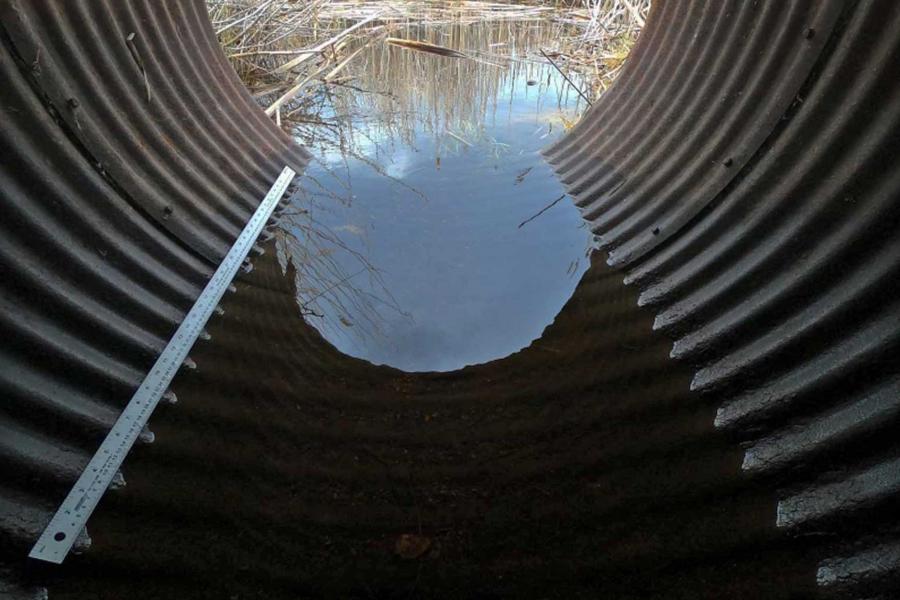
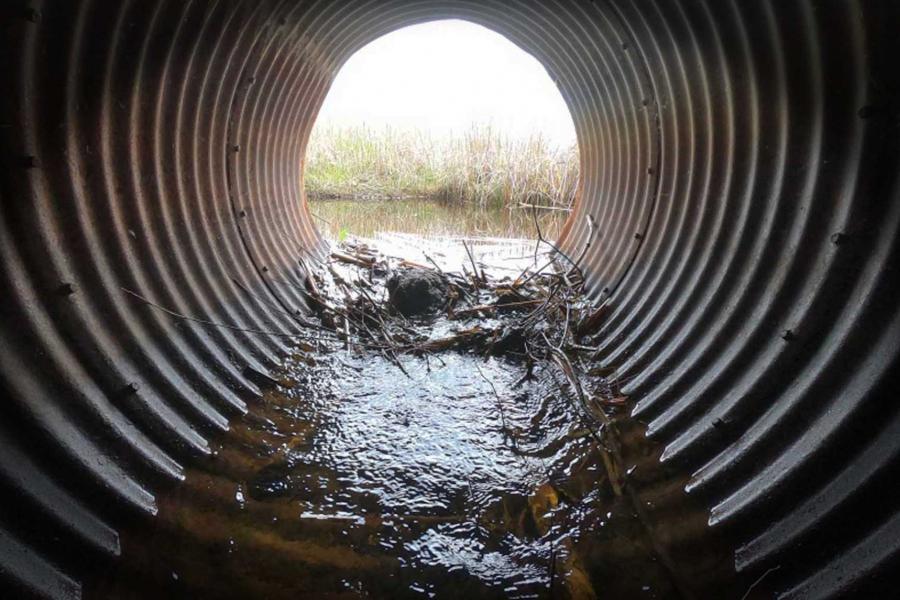
Day three
This was our last day in Waterhen. We visited a few more sites to take some more measurements, but we didn’t take any more samples this day. It was much cloudier with intermittent showers over select parts of the area this day. We then had to go back to the cabin and pack up all the gear and clean up. We hit the road again, but took a little longer due to a slight packing error, but after six hours on the road we were back in Winnipeg in the early evening. I call only getting one tick stuck in me over a three-day period a success. I thank Katelyn for being so patient with me and for being a great person to work with!
